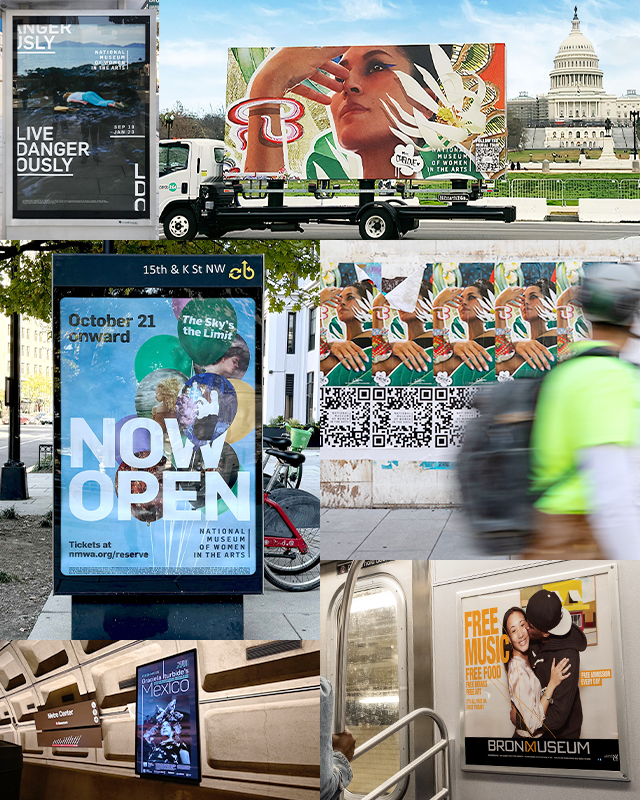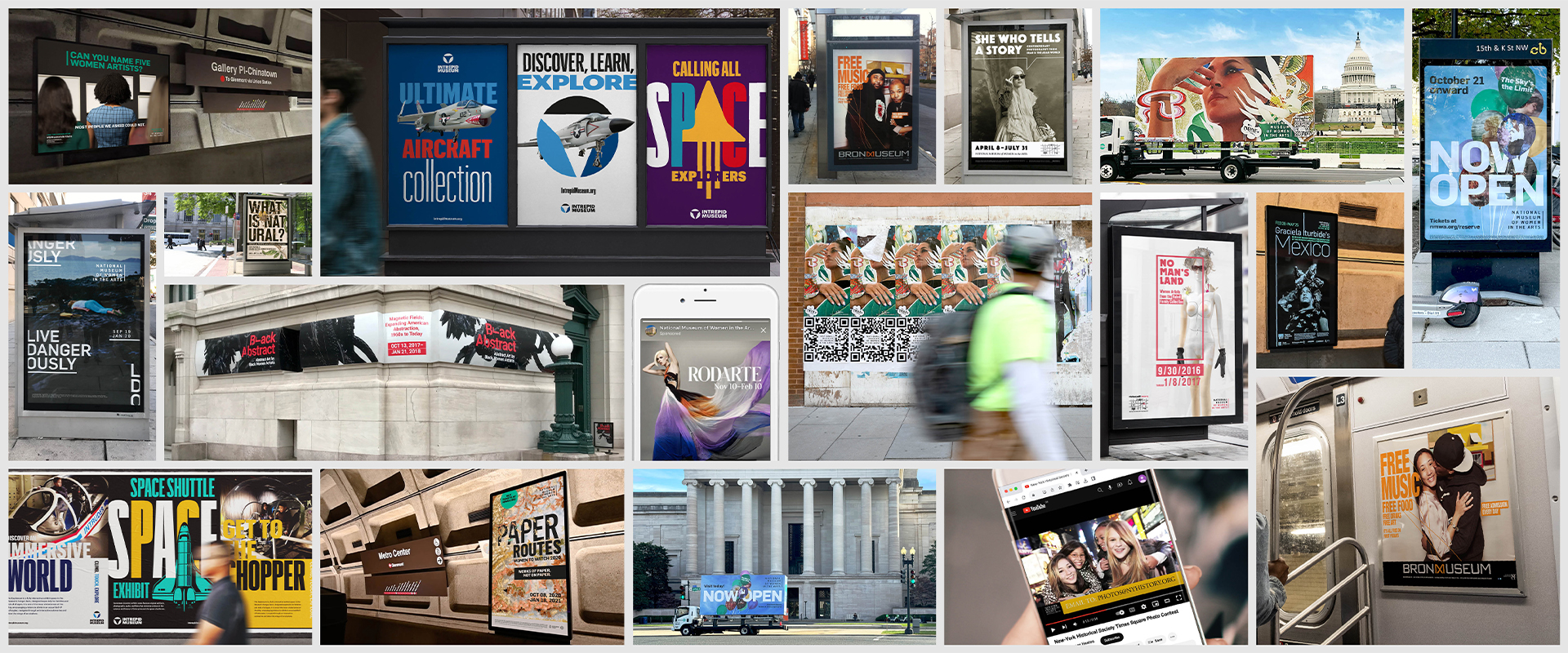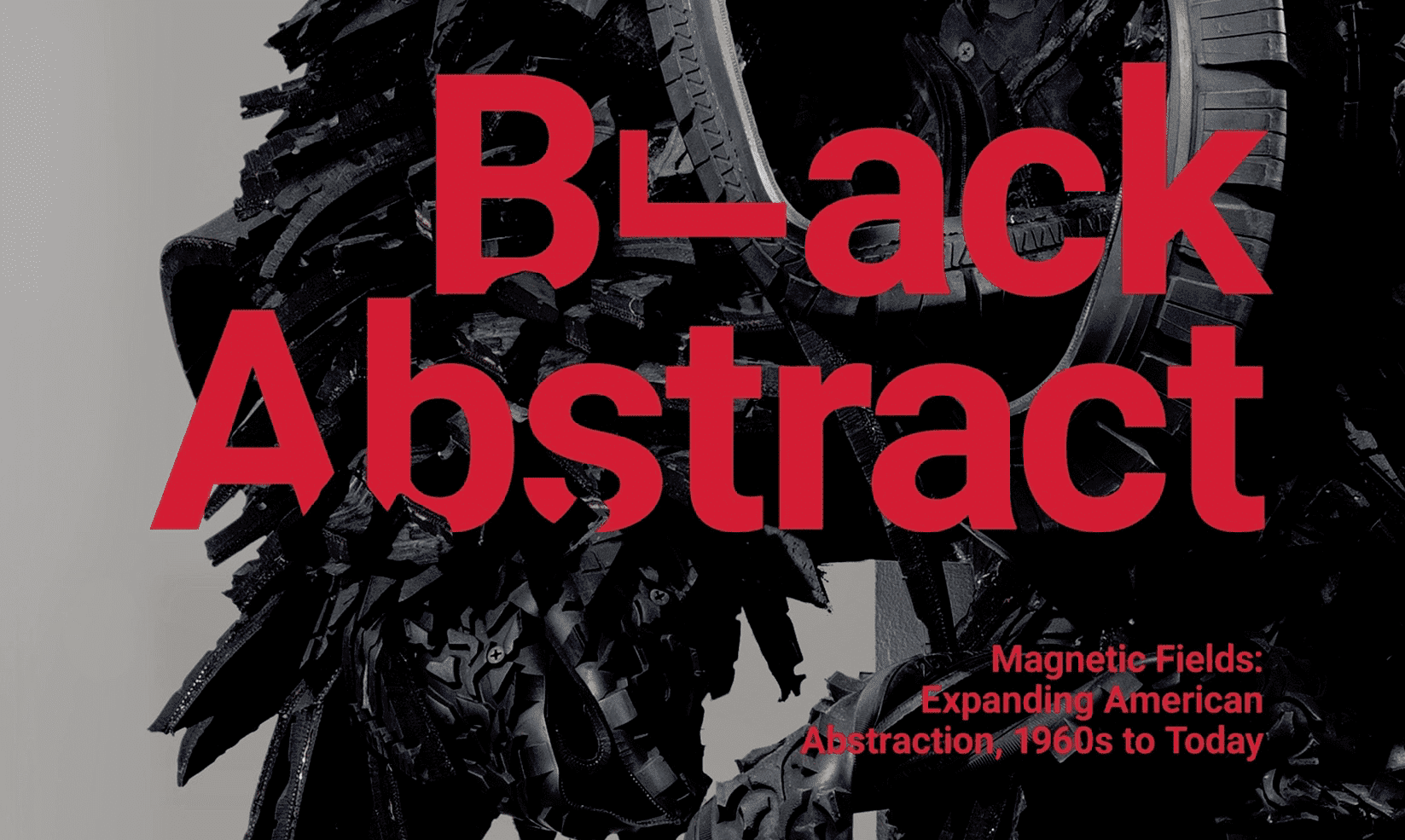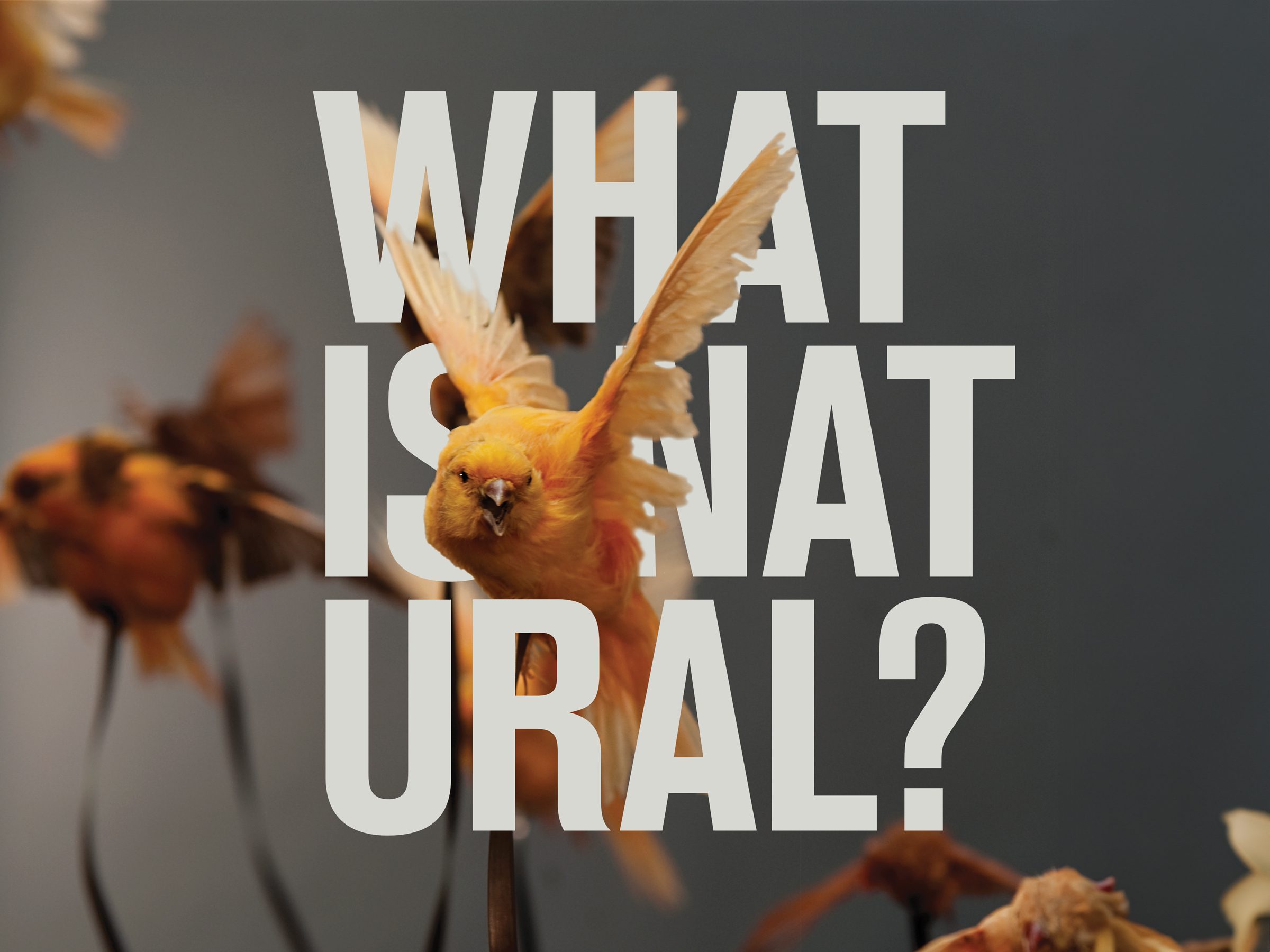
Museum Marketing and Advertising: Practical Tips First
- Clarify your institutional promise in one sentence. This is harder than it seems but doing so will make it much easier for the prospective visitor to see you and be interested.
- Align every major exhibition campaign with your mission. If you cannot do this or it feels like acrobatics, raise the red flag. That exhibition is out of alignment.
- Treat your team as your first audience. They are your brand ambassadors and they need to be happy and on board.
- Use visitor feedback to shape—not just report—strategy. Visitors are the center, not the periphery.
- Build audience personas based on actual data. Marketing must concern itself with visitor understanding.
- Humanize your exhibitions. Exhibitions are first and foremost for visitors, not for other professionals.
- Conduct an internal brand audit every 18 months. This will alert you to the slippage that happens when those inside the organization begin to get bored with the brand. This happens way to early.
- Prioritize accessibility broadly defined.
- Cultivate two-way social media engagement.
- Train team members across functional units in brand-aligned behavior and communication.
- Let your Core Values show up not just in design and tone, but in daily behavior.
- Avoid over-relying on one-off or seasonal promotions. Consistency is the most helpful builder of your brand.
- Create content that educates and inspires. Give rather than ask except on the rarest of occasions.
- Instagram works, but there is value in continuous experimentation with an array of other marketing channels and marketing experiments.
- Pay close attention to all signage. On-site signage an near site is a key tactical human-level interface for the visitor. Take the time to get it right.
Measure what matters: trust, engagement, impact. This is hard, but you have to keep trying. - Encourage cross-functional collaboration on everything.
Invest in audience research. It too easy to rely on assumptions. - Let your community co-author your story when possible.
- Acknowledge mistakes publicly and repair damage with humility and authentically.
- AI is here to stay. Use it thoughtfully and in the context of a rigorous code of ethics.
- Remember that every action is marketing. All of it contributes to your brand reputation.



DCW
With offices in Manhattan, Long Island, and Denver, DCW Media has worked for 50 years on the front lines of emerging media. The largest privately held media buying company on the East Coast, DCW has for over ten years given Tronvig access to deep-seated using power and media spending of more than $100M annually. DCW works closely with us on media strategy and media buying so our clients get the benefits of being big when you need it to negotiate and buy media.
Tronvig
A boutique, we have nearly 30 years of brand strategy and advertising experience and an extensive network of creatives. This enables us to deliver world-class creative work economically. We can comfortably create and manage campaigns from one to ten million in annual spend.
Museums at the Crossroads
We are living in a moment where museums—often thought of as the most stable cultural institutions—are facing tectonic shifts. Financial precarity, political scrutiny, rapidly evolving audience expectations, and a media environment that’s become louder and more fragmented than ever have forced museums to reexamine not only how they present themselves, but what they actually are.
Museums are no longer just repositories of culture. They are stages for meaning-making. And the work of marketing them is not about selling—it’s about clarifying, aligning, and communicating that meaning effectively.
Museum marketing must evolve into a strategic discipline of reputation stewardship, internal alignment, and behavioral integrity—grounded in purpose, executed with care, and attuned to the post-digital audience.
Museum Marketing as Meaning-Making
At Tronvig, we hold that marketing is not a department; it is an act of strategic clarity. The traditional model of marketing—driven by promotion, special exhibition campaigns, and audience acquisition—fails when the underlying brand is incoherent, performative, or out of sync with its audience.
Museums must instead become expert meaning-makers. This begins with asking: What do we mean to our audience? And how do we know?
If you cannot answer that with clarity and confidence, no marketing or advertising campaign will save you.
The Shift from Promotion to Alignment
The most effective marketing today is not promotional—it’s aligned.
This means that the museum’s external messaging, internal culture, visitor experience, programming, and community partnerships are all pulling in the same direction. Alignment builds trust. Misalignment creates friction and distrust.
Museums that succeed in this climate are those who market not just to attract—but to affirm and deepen relationships.
Museum Audiences in the Post-Digital Age
In this second quarter of the 21st Century, we are no longer in a digital transition—we are in a post-digital world. Audiences do not separate the physical from the digital. For them, these are not dual channels—they are interwoven and connected experiences.
- Digital presence is not an add-on—it is the front door.
- Authenticity is no longer optional.
- Audiences expect interaction, not broadcast.
- Marketing must be continuous, human, and porous.
This changes nearly everything:
The museum must now be a conversation, not a monologue.
Brand as Behavior: Why Reputation is Everything for Museums
Your brand is not your logo. Your brand is what people think and feel about you. And that brand is built through your behavior.
What your museum does—how it responds to feedback, how it treats its internal team members, how it shows up in times of crisis—is the brand. Marketing and advertising is the narration of that behavior, not its substitute.
A positive reputation is not created in marketing campaigns. It is earned in the day-to-day choices of the institution and everyone in it.
The Internal Brand: Mission, Team, and Organizational Culture
Marketing cannot work if it is disconnected from the internal reality of the organization.
If your staff is burned out, underpaid, or cynical, that is the brand. If your mission is aspirational but your behavior is colonial, that is the brand. Marketing cannot conceal what the institution actually is.
Internal alignment—through clear mission, staff empowerment, and healthy culture—is foundational. Not peripheral.
Community-Centered Communication
Museums do not have audiences—they have communities.
Marketing must shift from transactional to relational. That means:
- Listening before messaging
- Co-creating content and exhibitions
- Designing communications as ongoing dialogue, not announcements
Marketing becomes a form of cultural stewardship, not just attendance generation.
Navigating Digital Saturation
We are all overwhelmed by content. In this environment, attention is sacred and fleeting.
Museums must:
- Create fewer, better campaigns
- Prioritize emotional resonance over informational density
- Embrace brevity, clarity, and story
You are not competing with other museums. You are competing with Netflix, Instagram, and the infinite scroll.
Metrics and Meaning: What to Measure Now
Success in museum marketing must be measured differently in this new era. Instead of obsessing over impressions and clicks, we must track:
- Engagement quality: Are people staying, interacting, returning?
- Trust indicators: Sentiment analysis, community perception
- Behavioral shifts: Are we deepening relationships, not just acquiring names?
- Alignment metrics: Is what we say matching what we do?
Data without interpretation is noise. Measurement must serve mission.
Building Resilience Through Reputation
Reputation is a long game. It is the result of consistently living your values, treating people well, and communicating with clarity.
In a crisis, it is your most valuable asset. In uncertainty, it is your competitive edge.
Invest in reputation not through PR, but through institutional coherence and behavioral integrity. Marketing should not sell a fantasy. It should illuminate the truth of what you do—at your best.
Museum Marketing and Advertising
Why do an exhibition strategy when it’s more work?
With each new special exhibition campaign, the core questions should be asked afresh:
What is this exhibition?
What is different about it? How does it stand out from everything else that will be going on at the same time?
Who is the target audience?
What will make this target audience care about this particular exhibition?
How does the exhibition align with our core values and organizational mission?
What is the band idea for this exhibition? What is the one thing powerful enough to reach out and sick in the minds of a generally disinterested or distracted public?
We know from experience that the answers are not the answers until we have satisfied the agreed-to strategic requirements for that particular exhibition, established a strong theory as to how the exhibition connects to a clearly identified audience, and checked our strategy against the organization’s mission and values. This is not the same as making a clever or well-designed advertising campaign—it’s more work—but the results speak for themselves in terms of each exhibition advertising campaigns’ capacity to connect with an audience and foster interest and drive attendance.
Museum Marketing
It’s about what you do, why you do it, and how you do it differently from others. In other words, your brand has to be built on organizational strategy. The people on the inside – employees, donors, and other stakeholders – are just as important as customers, visitors, or prospects.





